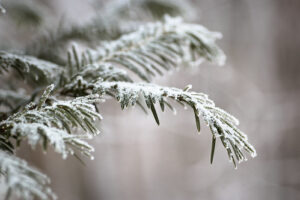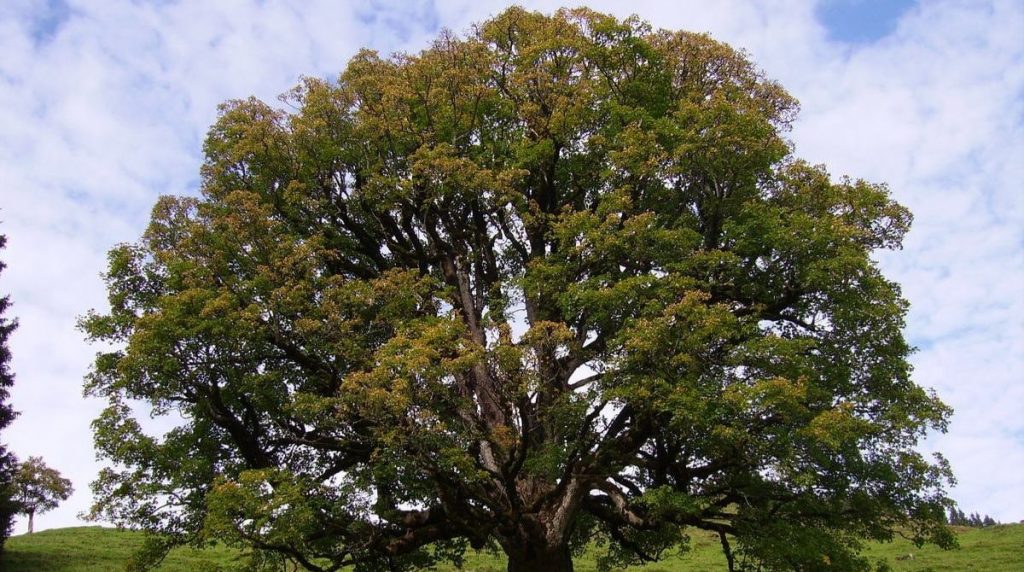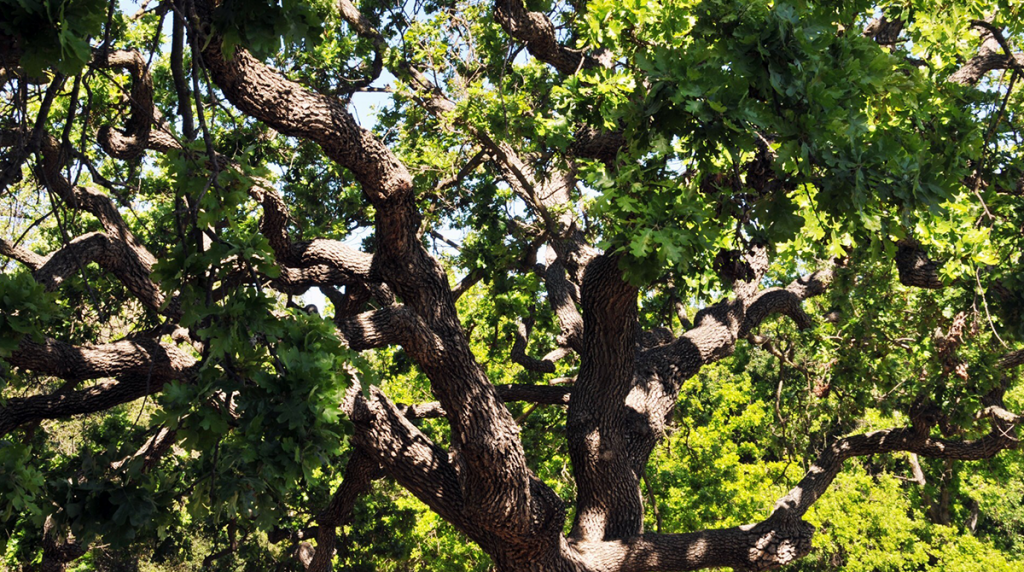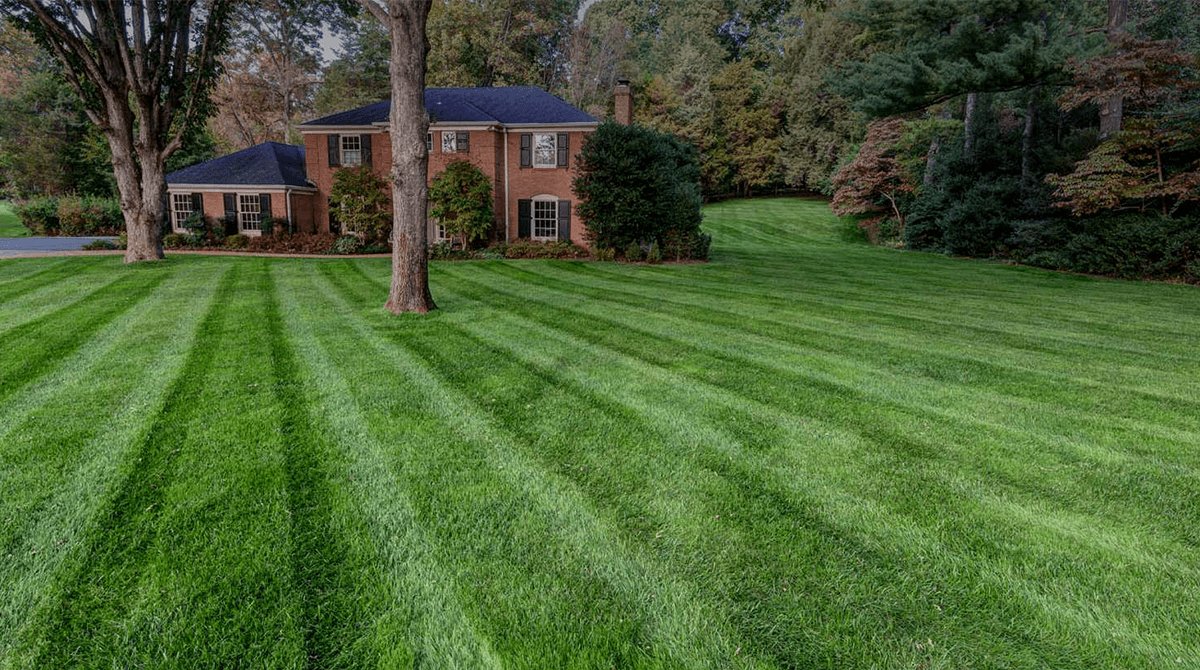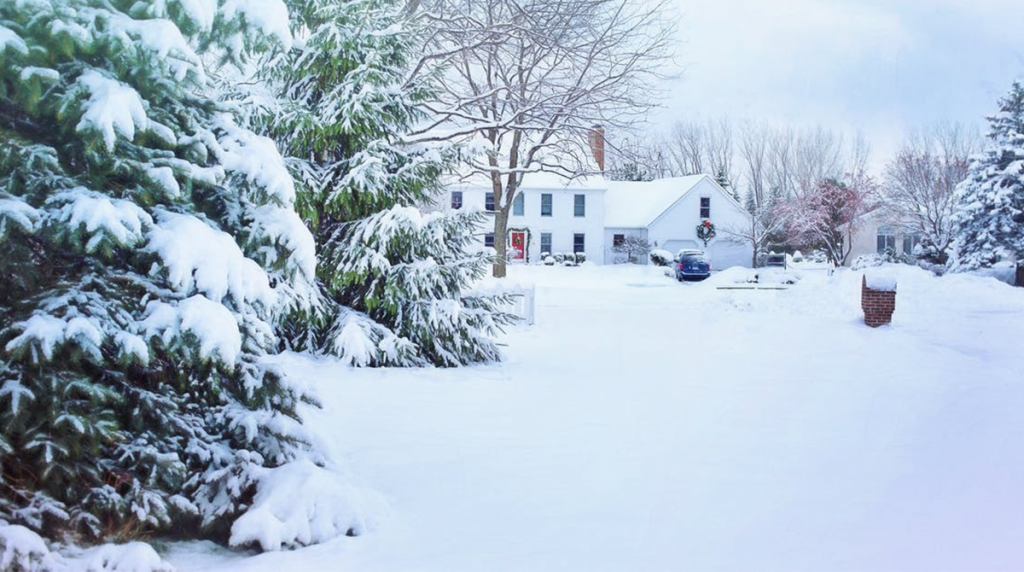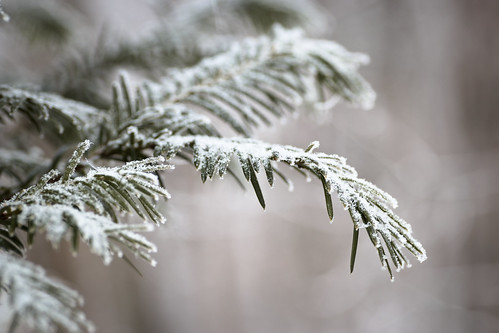
Date March 14, 2023
Category
Central Texas typically enjoys sunny skies and mild winter weather, but the last couple of years have brought colder temperatures and even snow to the area. Many homeowners have experienced freeze damage as a result, especially on native trees that aren’t as resistant to cold as they are to heat. In this article, we’ll describe how tree freeze damage occurs, share its signs, and explain how to treat it.
How Does Tree Freeze Damage Occur?
Image via Flickr by iurie.ph
While temperature is certainly a factor in tree freeze damage, The Morton Arboretum clarifies that it’s not only exceptionally cold weather that causes it. Instead, the culprit is extreme fluctuations in temperature, like those the Dallas area has experienced recently. When plants have time to acclimate to decreases in temperature, they’re more resistant to freeze damage.
Signs of Freeze Damage on Trees
While Texas trees usually avoid the extensive damage ice storms can cause, like downed branches and split trunks, they can experience other types of damage. Iowa State University Extension and Outreach lists some signs of freeze damage, which include:
- Shriveling of vulnerable plant tissue, such as leaves.
- Discoloration of affected areas, typically brown or black.
- Drooping of damaged leaves and branches.
- Cracks and damaged bark the trunks.
How To Treat Freeze Damage
Homeowners can treat even significant freeze damage if they identify it and take action quickly. Treating the affected trees regularly is essential, and requesting the services of a professional can help promote the trees’ longevity.
Water the Tree
The first step in treating freeze damage to a tree is watering it. After the freeze is over, watering the tree thoroughly a few times per week over the next few weeks can help it regenerate growth. This is especially important for new and young trees, as they’re more vulnerable to the long-term effects of freeze damage than mature trees.
Fertilize in the Spring
After a harsh winter, applying fertilizer to the tree can provide essential nutrients that promote health. A certified arborist can provide a professional treatment application with MitoGrow, a rooting hormone, to promote the health and growth of affected trees. MitoGrow contains indole-3-butyric acid, a naturally occurring plant hormone, and the amino acids Vitamin B1 and Vitamin B12, which encourage root hair and cell growth.
Prune the Damaged Areas
Pruning healthy trees in late winter can be beneficial because it allows the pruned areas to adjust to the approaching spring weather. However, spring is the best time to prune trees with freeze damage because the extent of the damage is visible, making it easier to prune thoroughly. This also prevents the tree from suffering further damage, particularly to the exposed areas, if another freeze occurs.
Our Certified Arborists Are Here To Help
Freeze damage can be challenging to treat on your own, but the team at TreeNewal is here to help. We’ll provide a timely evaluation, discuss our recommendations with you, and provide eco-friendly treatments to restore your tree’s health. Call us today at 972-777-4622 to get started.
